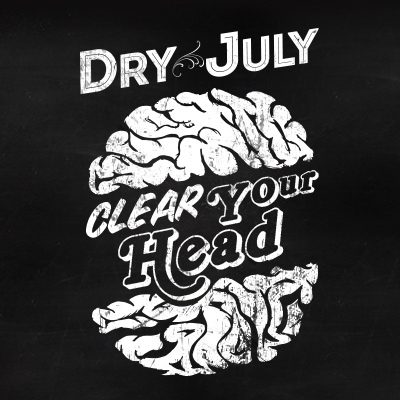In 2013, New Zealand wine producers are still permitted to use terms like Chablis and Port to describe their wine styles. One Marlborough producer even makes “prosecco” from riesling, muller thurgau and pinot gris and it’s all perfectly legal.
The murky issue reared its head when the wine association Napa Valley Vintners recently crossed the Pacific to register the Napa Valley name as a trademark with the Intellectual Property Office in New Zealand to prevent any “potential for misuse of the Napa Valley name.” I can’t think of anyone who uses the term Napa – or would want to use it – to describe a Kiwi wine but I hope they enjoyed their visit.
However, Napa can only register as a trademark in New Zealand and not a Geographical Indication because New Zealand doesn’t have a Geographical Indication registration system – yet.
While the rest of the world has been given the cease and desist warning from Europe over its prized wine regions, New Zealand has been enjoying a rather long holiday from these legal constraints. A Geographical Indications Wine and Spirits Act was passed in 2006 but seven years later, it still hasn’t been brought into effect. The Prime Minister, John Key, has been too busy commentating on televised cricket matches and attending other equally important events!
But the national wine association, New Zealand Winegrowers, has petitioned the government to remove the digit and finally implement this GI registration system.
The industry body hopes that it will come into force in 2014, as it would provide a higher level of protection for the country’s wines overseas and force regions to define their regional identity formally. Moving into China and other less well-established markets means Kiwis are rightfully keen to register regions including Marlborough and Hawke’s Bay as GIs
John Barker, general manager of advocacy and trade for the country’s wine association, New Zealand Winegrowers, says: “It’s about being able to tell your story. The opportunity with the GI is to really work with the regions and coordinate those stories. You have to generate quite a lot of information to apply for a GI: climate, geography, history, social structure, there’s an opportunity for us to pull all that together. When you have everybody with their regional stories built on the same basis it gives us a lot more depth to what we are doing.”
However, the implications are enough to cause a migraine: when the act comes into force every GI across the wine world can be registered if they wish. Any region from Anjou to Zakynthos could turn up in New Zealand with their registration form. The paperwork could be enormous.
A consultation paper is expected from the New Zealand government in the next few months and perhaps that will lead to greater legal protection for Kiwi wines overseas and imported wines over here. Or, perhaps we’ll be waiting another seven years.

